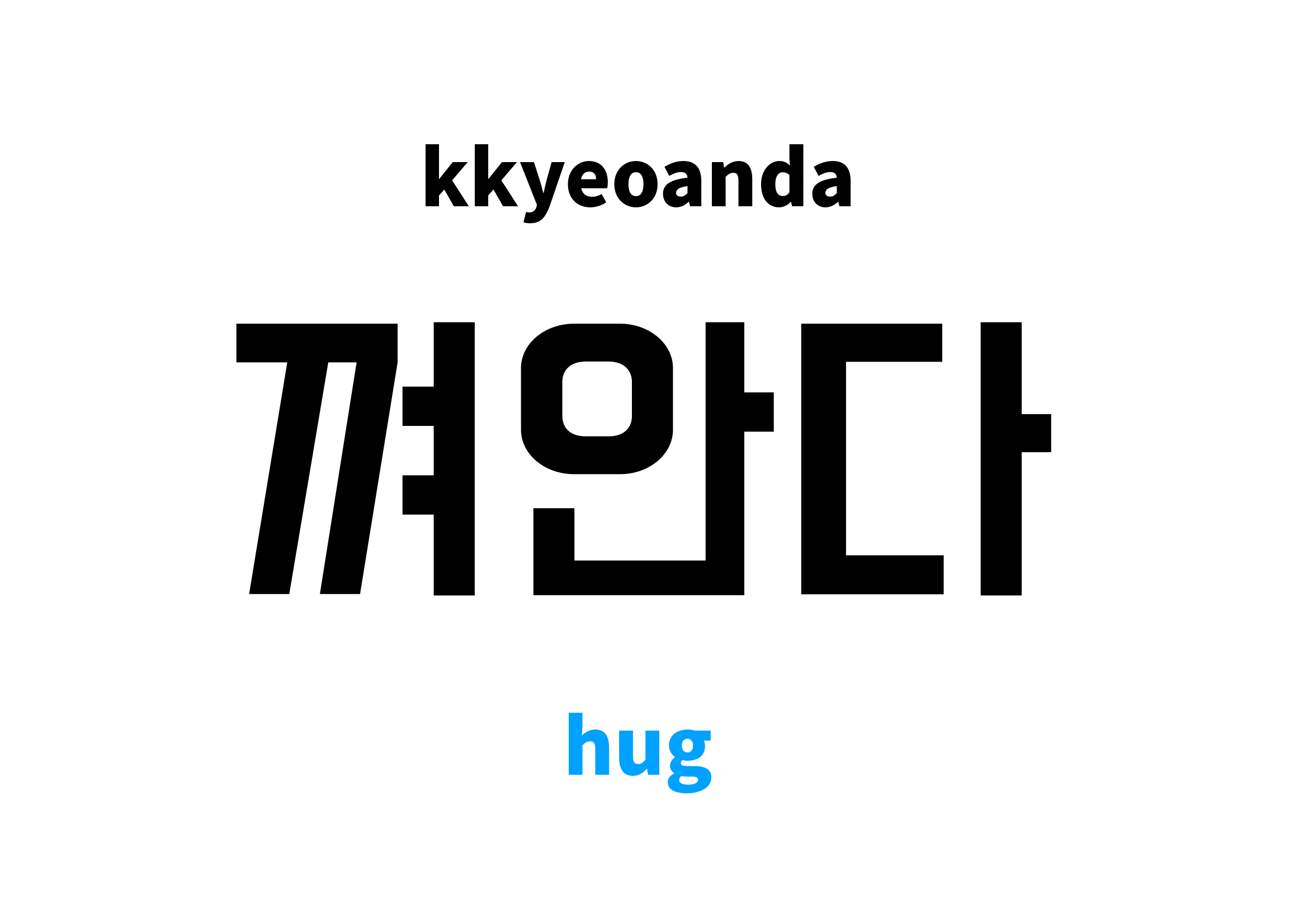 hug in Korean is 껴안다. For examples, you can use like [아이를 껴안다, 애인을 껴안다]. In this post you will learn how to pronounce and use 껴안다 along with examples.
hug in Korean is 껴안다. For examples, you can use like [아이를 껴안다, 애인을 껴안다]. In this post you will learn how to pronounce and use 껴안다 along with examples.
Basics
| Word | Part | Chinese | Sound |
| 껴안다 | verb | — | 껴안따 |
껴안다 Meaning
| Meaning | Explanation |
| hug; cuddle; embrace | To hug someone or something by wrapping with one’s arms. |
How to Conjugate 껴안다
① Formal High (합니다체)
| Present |  껴안습니다 껴안습니다 |
| Past |  껴안았습니다 껴안았습니다 |
| Past Perfect |  껴안았었습니다 껴안았었습니다 |
| Future |  껴안을 것입니다 껴안을 것입니다 |
| Condition |  껴안겠습니다 껴안겠습니다 |
② Informal High (해요체)
| Present |  껴안아요 껴안아요 |
| Past |  껴안았어요 껴안았어요 |
| Past Perfect |  껴안았었어요 껴안았었어요 |
| Future |  껴안을 것이에요 껴안을 것이에요 |
| Condition |  껴안겠어요 껴안겠어요 |
③ Informal Low (해체)
| Present |  껴안아 껴안아 |
| Past |  껴안았어 껴안았어 |
| Past Perfect |  껴안았었어 껴안았었어 |
| Future |  껴안을 것이야 껴안을 것이야 |
| Condition |  껴안겠어 껴안겠어 |
④ Formal Low (한다체)
| Present |  껴안는다 껴안는다 |
| Past |  껴안았다 껴안았다 |
| Past Perfect |  껴안았었다 껴안았었다 |
| Future |  껴안을 것이다 껴안을 것이다 |
| Condition |  껴안겠다 껴안겠다 |


Comments